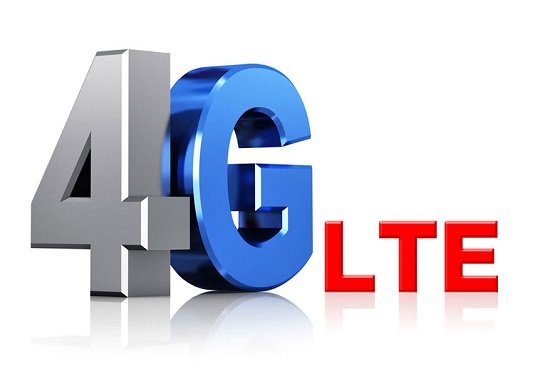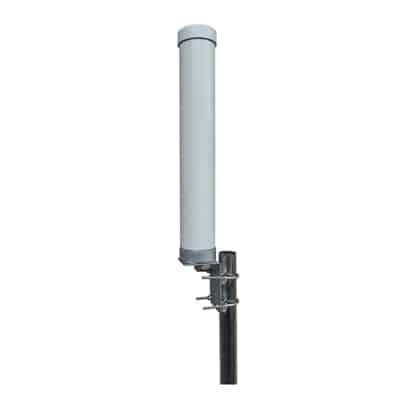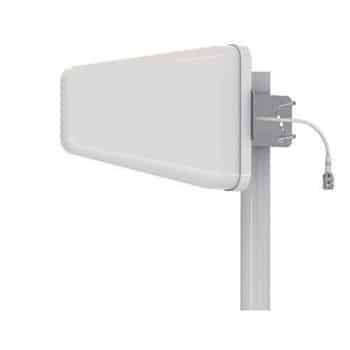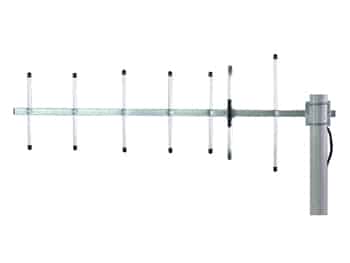
Have you ever wondered the reason behind the replacement of each cellular generation, no matter how much revolutionizing it appeared in the beginning? It was the ever-increasing demands of users for more speed and capacity that the cellular network of that time could no longer fulfill. Providing high speed, large capacity, and less delay has always been the top priority of each network operator since the introduction of 1G networks. Today, the world is experiencing the amazing data speeds and broadband services of 4G LTE networks that no one could imagine two decades ago. 4G LTE cellular network has paved way for some of the key-driving technologies of 5G and beyond networks including MIMO technology, LPWAN, and IoT.
In this article, you will learn everything about 4G LTE, its features, applications, and the technological advancements it brought along. So, let’s get started:
Table of Contents
ToggleWhat is 4G LTE?
The 4G network was launched by International Telecommunication Union (ITU) in 2008 with the aim to achieve higher data rate and broadband capabilities as compared to the 3G network. LTE, also known as Long Term Evolution, is the key technology behind 4G that applies unique coding schemes, protocols, and radio techniques to achieve high spectrum efficiency and network throughput. LTE was developed by the 3rd Generation Partnership Project (3GPP) standards group to provide worldwide high-speed wireless access, thus, making the 4G LTE network a global success with 6.6 billion subscriptions (as per the Global mobile Suppliers’ Association January 2022 report).
1. Features of 4G LTE
4G LTE network offers the following features to its customers:
- High Data Rate: 4G LTE offers a higher data rate than the previous generations with a maximum speed of 100Mbps in theory, and 15Mbps in practice.
- Higher Bandwidth: 4G LTE enables you to quickly access network applications, play online games, and enjoy real-time services anywhere and anytime. 4G LTE higher bandwidth is achieved by carrier aggregation feature that adds up to 100MHz bandwidth across 5 component carriers with 20MHz each.
- Lower Latency: 4G LTE offers very low latency enabling you to run time-sensitive applications without any lag or jitter.
- IP-based Architecture: The network architecture of 4G LTE is Internet Protocol (IP) based which allows you to access IP services via the Internet. It offers strong wireless Internet connectivity depending upon your location.
- VoLTE: VoLTE refers to Voice-over LTE. This feature allows you to enjoy high-quality voice and video services over 4G LTE.
- High Download and Upload Speed: With 4G LTE, you can have faster upload and download speeds. An average LTE download speed of 17Mbps and upload speed of 12 Mbps was offered globally in 2021.
2. 4G Technologies
4G LTE is equipped with three state-of-the-art technologies, discussed as follows:
- OFDMA: OFDMA stands for Orthogonal Frequency Division Multiple Access which is a multiple access technique employed in LTE networks for downlink transmissions. In this technique, an entire frequency band is split into multiple orthogonal subcarriers, with high peak rates, for carrying data. OFDMA enables 4G LTE to achieve high spectrum flexibility, robustness to channel fading, easy equalization, and high spectral efficiency.
- MIMO: MIMO, aka multiple-input-multiple-output, the technology employs multiple antennas to improve the signal transmission performance and spectral efficiency of the 4G LTE network. In MIMO, the transmitter and receiver both have multiple antennas that utilize the multipath signal propagation that is present in all wireless communication systems to improve data rate and signal-to-noise ratio.
- SC-FDMA: SC-FDMA, aka Single Carrier FDMA, is a multiple access technique employed in a 4G LTE system for uplink transmissions. SC-FDMA is a very useful 4G network technique that supports various features including high data rate, low-cost power amplifiers, high robustness against spectra nulls, and low PAPR value. It allows multiple users to share the communication resources simultaneously.
What can Tesswave do for you?
Tesswave provide 100+ antenna products and you can contact us for antenna customized solutions, get in touch with us today to get a Free quote.
Get an Instant Quote
Get a FREE quote and we will contact you within an hour
3. Applications of 4G LTE (IoT and Others)
The applications of 4G LTE include:
- IoT Connectivity: 4G LTE significantly supports the development and applications of IoT technologies and standards including LPWAN (Lower Power Wide Area Network), RFID (Radio Frequency Identification), SigFox, and NFC (Near Field Communication). 4G LTE provides high-speed connectivity between IoT devices to manage and scale data as well as deliver robust and lower-latency performance. LPWAN is considered a part of IoT machine-to-machine (M2M) technology that is served by LTE-Machine-type (LTE-M) communication and Narrowband IoT (NB-IoT) to enable low-power WAN devices to communicate and execute M2M operations. LTE-M supports around 1Mbps data rate, while NB-IoT supports up to 26Kbps in the downlink.
- Surveillance: One of the most significant applications of 4G LTE includes video surveillance that enables careful monitoring of sensitive areas such as airports, stadiums, public areas, shopping malls, concert halls, and transport hubs. In these scenarios, several cameras are installed that convey live images and videos to the control room via Internet, requiring high data capacity which is provided by 4G LTE. 4G LTE connectivity plays a more crucial role in providing connectivity to mobile cameras such as those installed on drones, wearable body cams, and police vehicles.
- Automated Guided Vehicles: 4G LTE high speed provides delay-free data speed to automated guided vehicles (AGV) enabling them to transmit their position accurately and quickly. Requiring an IoT connectivity, the robots can transmit data to the cloud where it is analyzed and further coordination between the robots and AGVs is processed.
4G Vs 5G
4G LTE is effectively working in most countries across the world. Now service providers have started deploying 5G in developed countries including the US, China, Japan, and Europe. Though 4G LTE has amazingly served the users with its high data capacity and broadband capabilities, still users demand the next cellular generation with ultra-high speed, advanced techniques, and enhanced performance. 5G is capable of providing speed up to 100 times faster than 4G LTE, achieving around 10GBps. 5G uses much higher frequencies than 4G ranging from below 6GHz up to 54GHz. Moreover, its latency will be much lower than 4G, expectedly to be around 10ms.
Antennas for 4G LTE
4G router and 4G antenna are indispensable components in 4G system. They form a ubiquitous 4G network for you to use, providing you with high-speed data upload and download services. With the development of MiMo technology, many router and antenna manufacturers both launched MIMO 4G routers and MIMO 4G antennas, which have larger data throughput and faster data transmission speed than traditional SISO technology.
Conclusion
High data rate and seamless streaming are the main requirements of users to execute their office, academic, or personal tasks timely and efficiently. 4G LTE offers high-speed and low latency services to its users that enable them to experience IP-based applications, broadband services, and VoLTE services that the previous generations could not deliver. This is achieved by its state-of-the-art technologies including OFDMA, MIMO, and SC-FDMA. But, that’s not a stop there as the service providers have already begun to deploy the 5G cellular network to completely revolutionize the communication world with its most advanced techniques and technological innovations that no human eye has witnessed yet.







